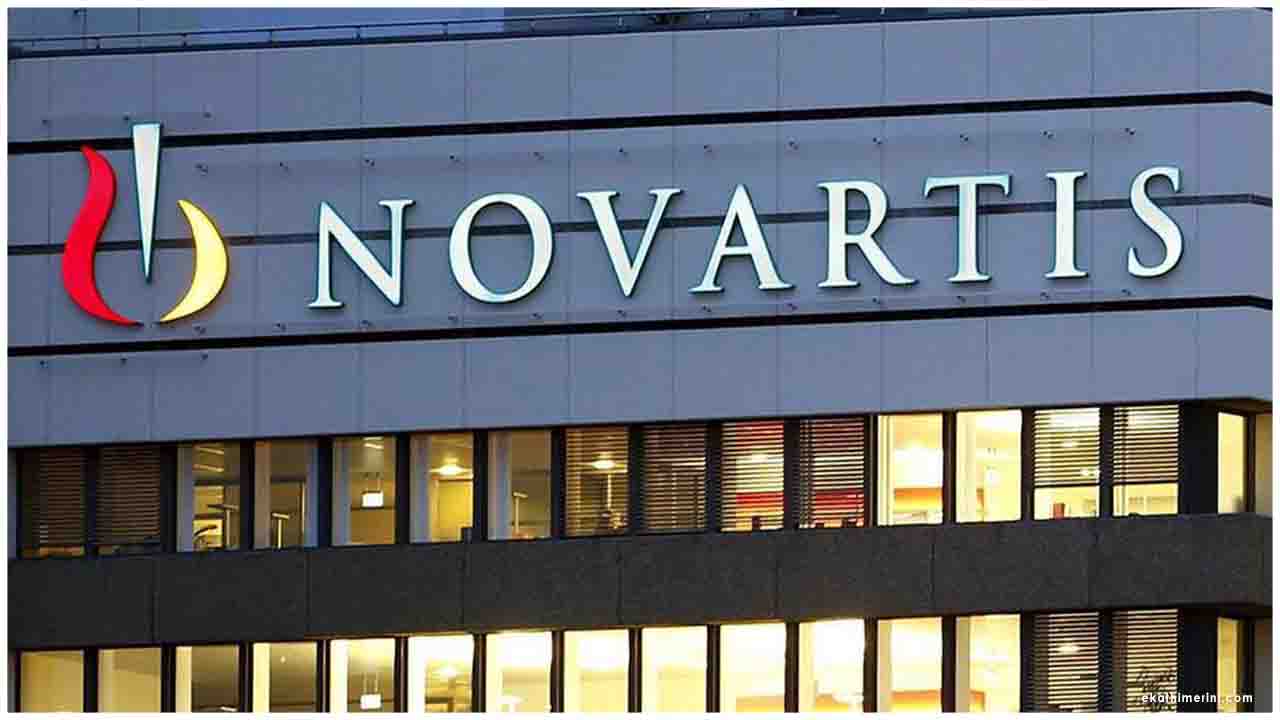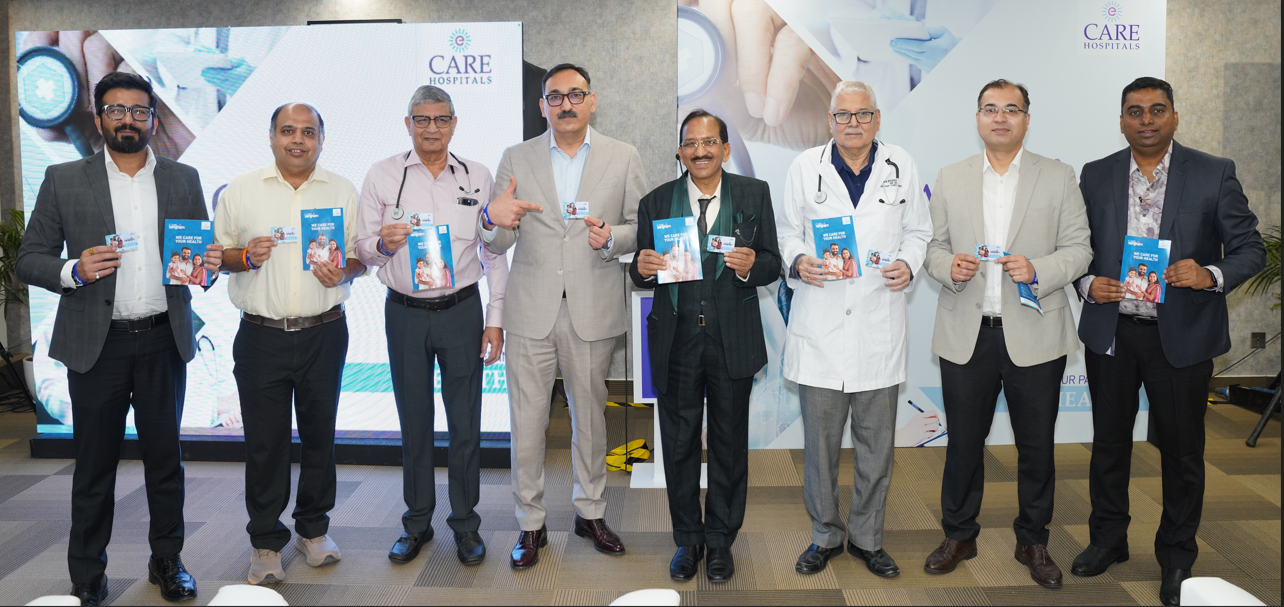Novartis announced that high-dose, once-daily Enerzair Breezhaler (indacaterol acetate, glycopyrronium bromide and mometasone furoate [IND/GLY/MF]) significantly reduces both moderate-or-severe and severe asthma exacerbation rates in patients whose asthma is uncontrolled on medium- or high-dose long-acting beta2-agonist (LABA)/inhaled corticosteroids (ICS), when compared with a once-daily medium-dose of the same treatment. The post hoc analysis from the pivotal Phase III IRIDIUM study—presented virtually at the European Respiratory Society (ERS) International Congress 2020— also showed the safety profile for high-dose Enerzair Breezhaler was in line with previous studies in the Phase III/IIIb PLATINUM clinical development program.
“This post hoc analysis supports the potential of high-dose IND/GLY/MF as an effective step-up treatment option to further reduce asthma exacerbations in patients with uncontrolled asthma,” said Kenneth Chapman, Professor of Medicine, University of Toronto. “These findings also complement the efficacy and safety data from the pivotal IRIDIUM study, which indicated the potential of high-dose IND/GLY/MF to improve lung function and reduce exacerbations compared with salmeterol xinafoate/fluticasone propionate (Sal/Flu), a LABA/ICS* standard-of-care.”
The analysis showed high-dose Enerzair Breezhaler (150/50/160 μg) significantly reduced the annualized rate of moderate-or-severe asthma exacerbations by 21% (p=0.026) and severe exacerbations by 31% (p=0.003) in asthma patients not adequately controlled on current inhaled therapies, compared with medium-dose (150/50/80 μg) over 52 weeks.
About Enerzair Breezhaler in the EU
On July 7, 2020, Novartis announced European Commission (EC) approval of Enerzair Breezhaler (QVM149; indacaterol acetate, glycopyrronium bromide and mometasone furoate [IND/GLY/MF]) 150/50/160 μg once-daily as a maintenance treatment of asthma in adult patients not adequately controlled with a maintenance combination of a long-acting beta2-agonist (LABA) and a high-dose of an inhaled corticosteroid (ICS) who experienced one or more asthma exacerbations in the previous year2. This formulation combines the bronchodilation of indacaterol acetate (a LABA) and glycopyrronium bromide (a LAMA) with mometasone furoate (ICS) in a precise once-daily formulation, delivered via the dose-confirming Breezhaler device. Glycopyrronium bromide certain use and formulation intellectual property were exclusively licensed to Novartis in April 2005 by Sosei Heptares and Vectura. Mometasone furoate is exclusively licensed to Novartis from a subsidiary of Merck & Co., Inc, Kenilworth, NJ, USA, for use in IND/GLY/MF (worldwide excluding the US).
IND/GLY/MF will be administered via the dose-confirming Breezhaler device, which enables once-daily inhalation using a single inhaler. IND/GLY/MF is the first asthma treatment in the EU that can be prescribed together with a digital companion; the Propeller Health app and sensor custom-built for the Breezhaler device. The digital companion will provide patients with inhalation confirmation, medication reminders and access to objective data that can be shared with their physician in order to help them make better therapeutic decisions. The sensor for the Breezhaler device was developed by Propeller Health and is a CE marked medical device, designed and licensed to Novartis for use with the Breezhaler inhaler worldwide. The sensor includes a microchip, a microphone, Bluetooth capabilities, an antenna and a battery. The sensor does not alter the drug delivery characteristics of the Breezhaler inhaler itself but produces a recording of each administered dose. Based on the patient’s recorded medication usage, personalized content is presented within the app to help the patient better self-manage their asthma.
In keeping with the Novartis commitment to reduce the environmental impact of our asthma combinations, IND/GLY/MF will be available in the hydrofluoroalkane/chlorofluorocarbon (HFA/CFC)-free Breezhaler device. Novartis aims to drive sustainability and has set ambitious targets to minimize its impact on climate, waste and water, including targets to become carbon neutral in company operations by 2025.
About the IRIDIUM Study3
IRIDIUM was a Phase III, multicenter, randomized, double-blind, parallel-group study, designed to compare the efficacy and safety of IND/GLY/MF with IND/MF in patients with asthma.
The purpose of the study was to evaluate the efficacy and safety of two different doses of IND/GLY/MF (high: 150/50/160 μg and medium: 150/50/80 μg), versus two corresponding IND/MF doses (high: 150/320 μg and medium: 150/160 μg) in patients with uncontrolled asthma, as determined by pulmonary function testing and effects on asthma control.
All patients were required to be symptomatic at screening and to have one or more exacerbations in the previous year, despite being on treatment with medium- or high-stable doses of LABA/ICS. Approximately 3,092 male and female adult patients with asthma were randomized 1:1:1:1:1 (approximately 618 patients in each of the treatment groups) to receive one of the following treatments:
IND/GLY/MF 150/50/80 μg (once-daily)
IND/GLY/MF 150/50/160 μg (once-daily)
IND/MF 150/160 μg (once-daily)
IND/MF 150/320 μg (once-daily)
Sal/Flu 50/500 μg (twice-daily)
The primary objective of this study was to demonstrate superiority of both high-dose IND/GLY/MF versus high-dose IND/MF and medium-dose IND/GLY/MF versus medium-dose IND/MF, all delivered once-daily, in improving trough FEV1 (volume of air that can be forced out in the first second of expiration approximately 24 hours post-administration of study drug) after 26 weeks of treatment in patients with asthma.
The key secondary objective was to demonstrate the superiority of both doses of IND/GLY/MF versus respective doses of IND/MF, in improving Asthma Control Questionnaire score after 26 weeks of treatment in patients with asthma.
Other secondary analyses included reduction of exacerbation rate, comparing high-dose IND/GLY/MF with high-dose IND/MF and medium-dose IND/GLY/MF with medium-dose IND/MF. Secondary analyses also included efficacy comparisons for both doses of IND/GLY/MF compared with Sal/Flu (50/500 μg).

 Enerzair Breezhaler reduces asthma exacerbations versus medium-dose, complementing key pivotal IRIDIUM study findings
Enerzair Breezhaler reduces asthma exacerbations versus medium-dose, complementing key pivotal IRIDIUM study findings










.jpeg)

.jpg)


.jpeg)
.jpeg)


.jpeg)
.jpg)





.jpeg)


